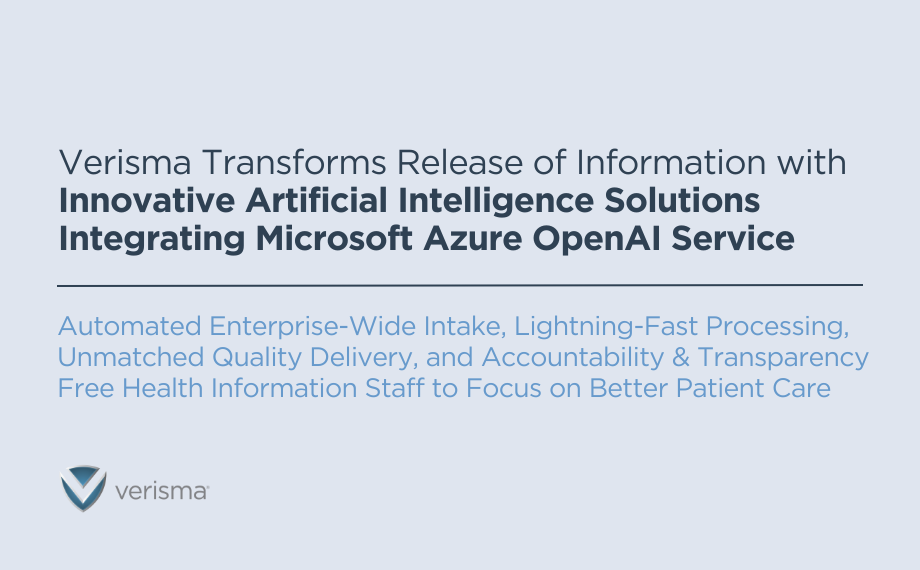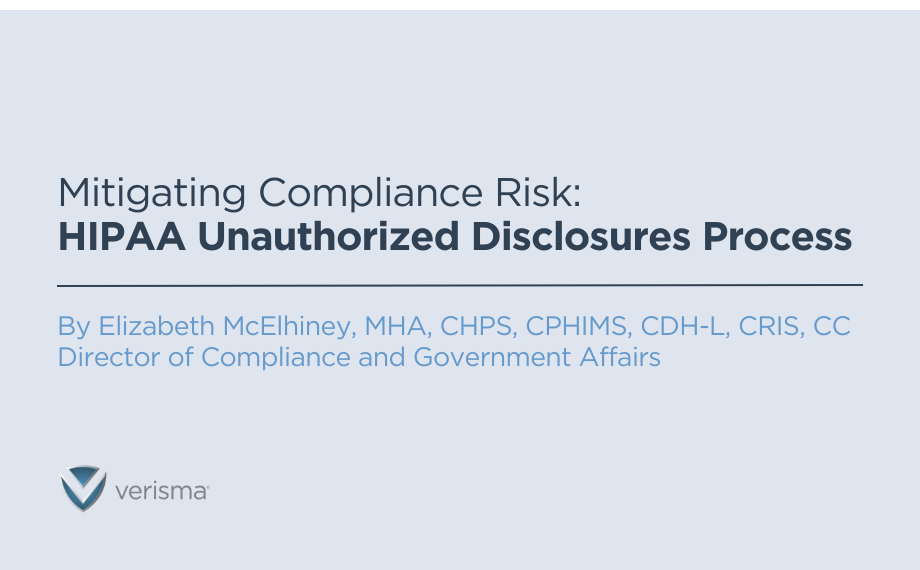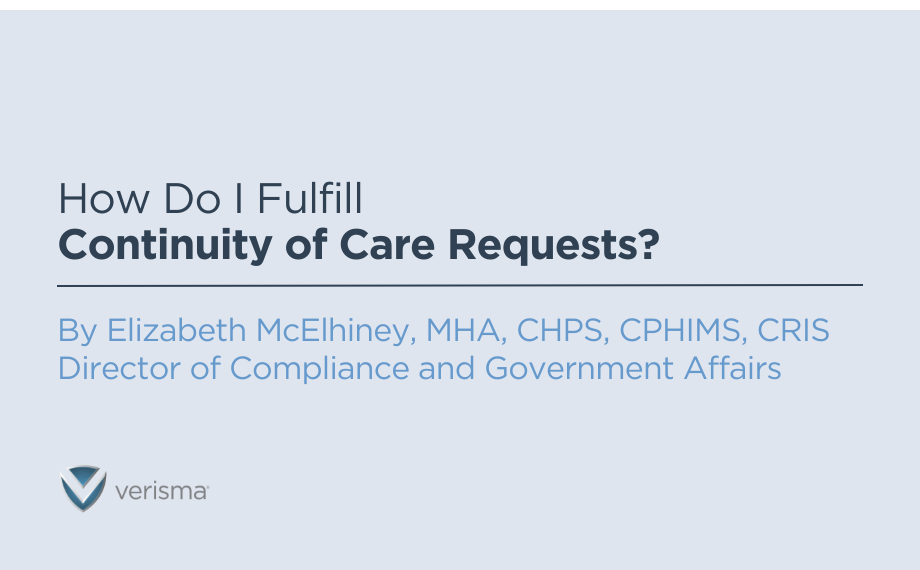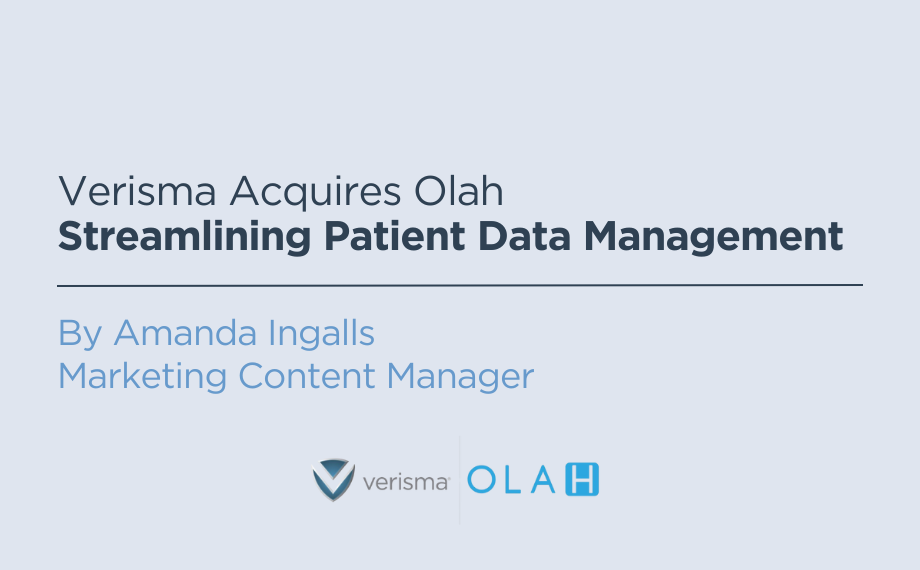
Verisma Transforms Release of Information with Innovative Artificial Intelligence Solutions Integrating Microsoft Azure OpenAI Service
Automated Enterprise-Wide Intake, Lightning-Fast Processing, Unmatched Quality Delivery, and Accountability & Transparency Free Health Information Staff to Focus on Better Patient Care
Alpharetta, Ga., Mar. 12, 2025 – Verisma, a leading provider of health data lifecycle solutions, announces today they are transforming release of information (ROI) with innovative and responsible artificial intelligence (AI) solutions integrating Microsoft Azure OpenAI Service, part of Azure AI Foundry. Automating solutions safeguards patient data while streamlining the management of sensitive information to free health information staff from manual, repetitive work so they can focus on improved clinical outcomes.
Verisma Release Manager® (VRM) is an automated ROI system requiring minimal IT support or software investment. Verisma incorporates next-generation technology design with highly trained ROI, IT, legal and business experts to facilitate private and secure electronic exchange of patient records. It is the industry’s only release technology with integrated HIPAA guidance and compliance review support. Verisma is integrating with Azure OpenAI Service to:
- Automate request logging
- Highlight critical requests with Verisma Spotlight, a customizable rule-based workflow engine automatically alerting providers when sensitive or high-risk requests are entered into VRM with cross-departmental checklists ensuring correct processing
- Accelerate record retrieval with Verisma Monitored Retrieval Tool, unique robotic process automation (RPA) optically recognizing key words, phrases and components extracted from the ROI application and retrieving patient records 24/7
- Predictively select fees and delivery methods, and
- Automatically identify potential risks with Technology Assisted Review, ensuring compliance before final delivery.
In addition, Verisma Analytics provides at-a-glance insight to all ROI activity, providing detailed data summaries and first-of-its-kind ROI trending outcomes driving proactive resource planning. Health facilities use this data-rich approach to stay ahead of changing request volumes and improve workflow accountability and compliance. In addition, Verisma is integrating other Azure AI Foundry capabilities to develop:
- Predictive workflow key performance indicator (KPI) and staff productivity notifications
- Kanban queue monitoring and notifications, and
- Processing and quality control optimization suggestions
“We are excited to integrate Microsoft Azure OpenAI Service to further AI advancement for our clients and ultimately their patients,” says Marty McKenna, President and CEO at Verisma. “A trusted human will always be in-the-loop to manage exceptions by validating authorizations, monitoring activity, reviewing the process, and releasing to distribution – ensuring accuracy throughout the straight-forward workflow. With smarter ROI, empowered staff can now focus on being field experts – applying their skills to tasks requiring more thought and knowledge.”
ABOUT VERISMA
Verisma is redefining how healthcare organizations manage and use health data, ensuring it is trusted, secure, and actionable for real-time, high-stakes decision making. Our lifecycle-driven approach prioritizes health data integrity, management, exchange, and usage with a strong focus on protecting sensitive data from misuse. With Verisma’s intelligent technology, data is more than just information, it’s a foundation for progress. For more information, please visit www.verisma.com.
CONTACT
Amanda Ingalls
aingalls@verisma.com





